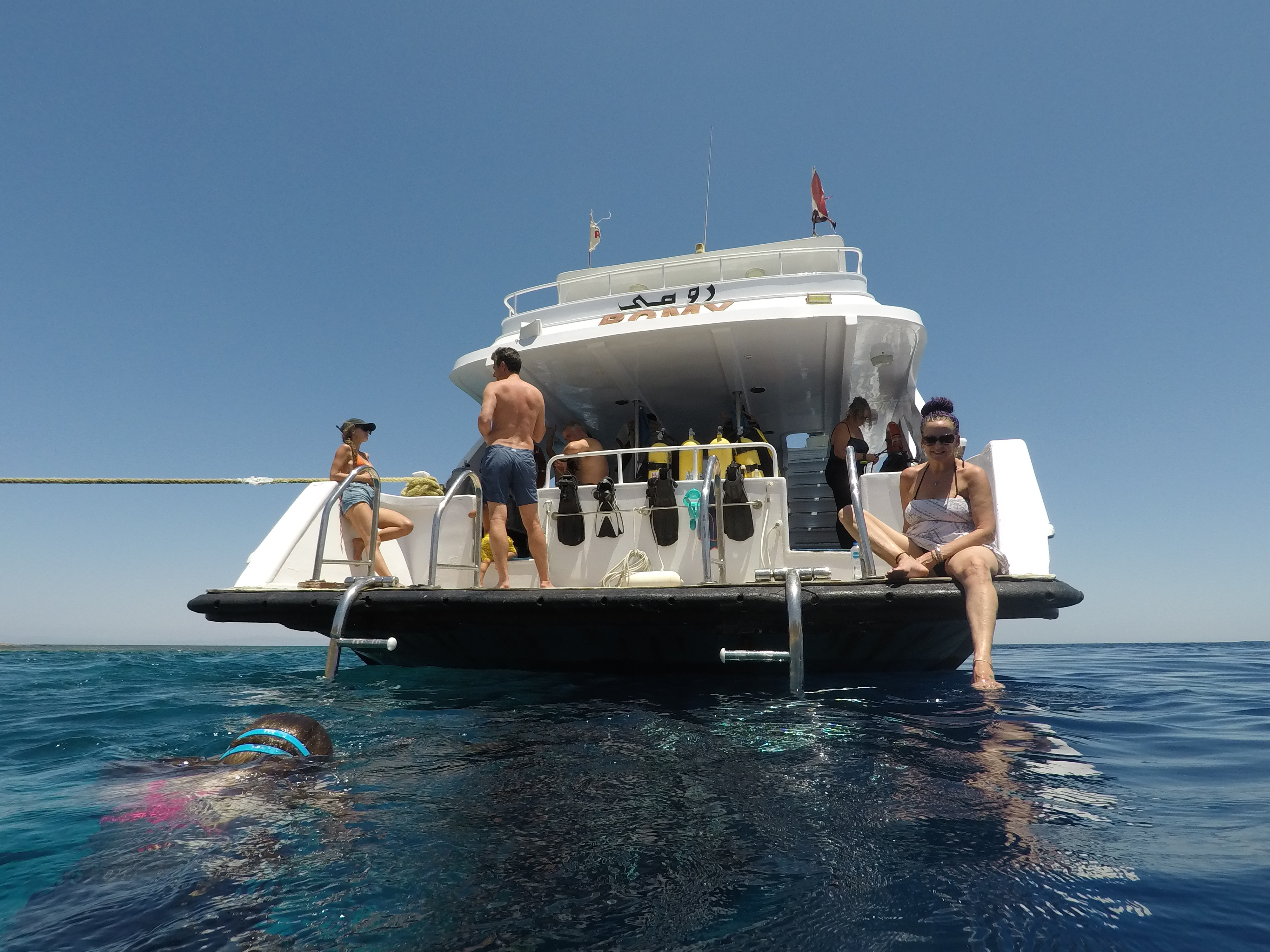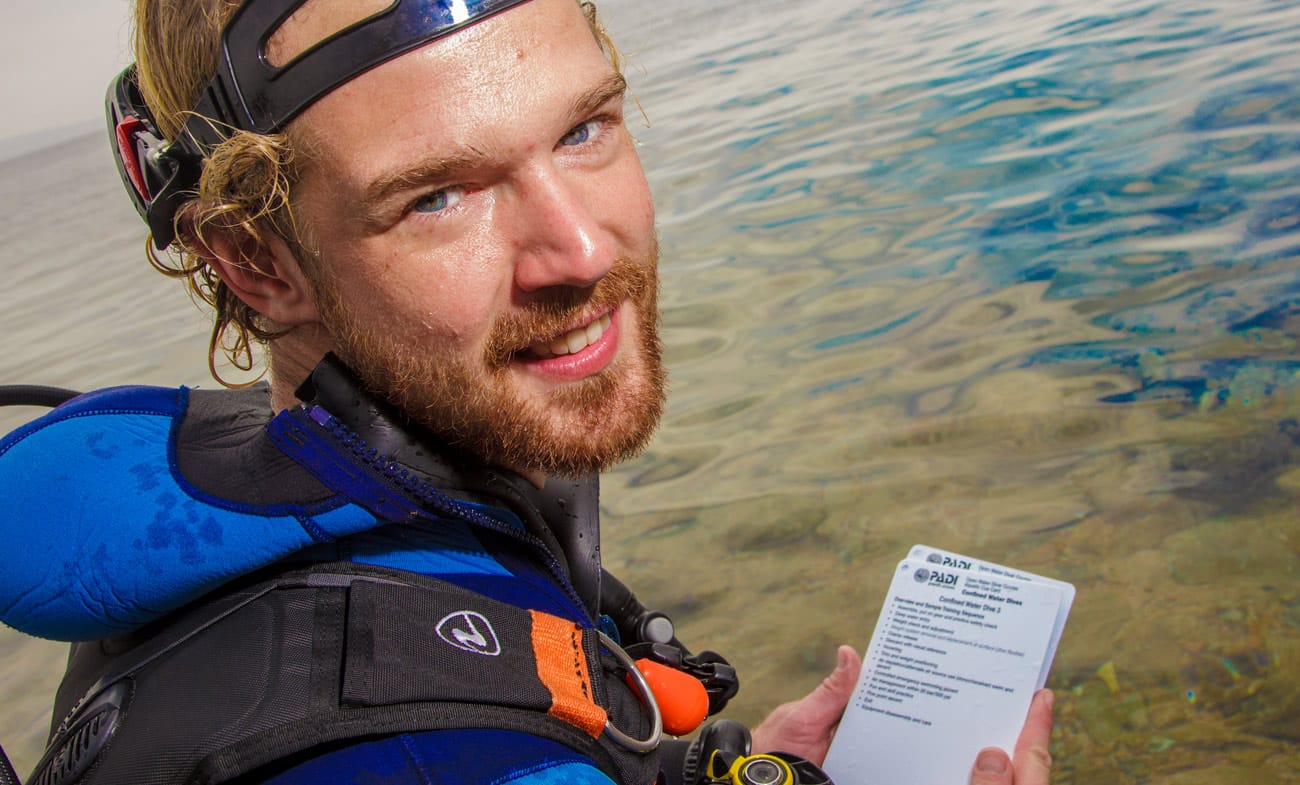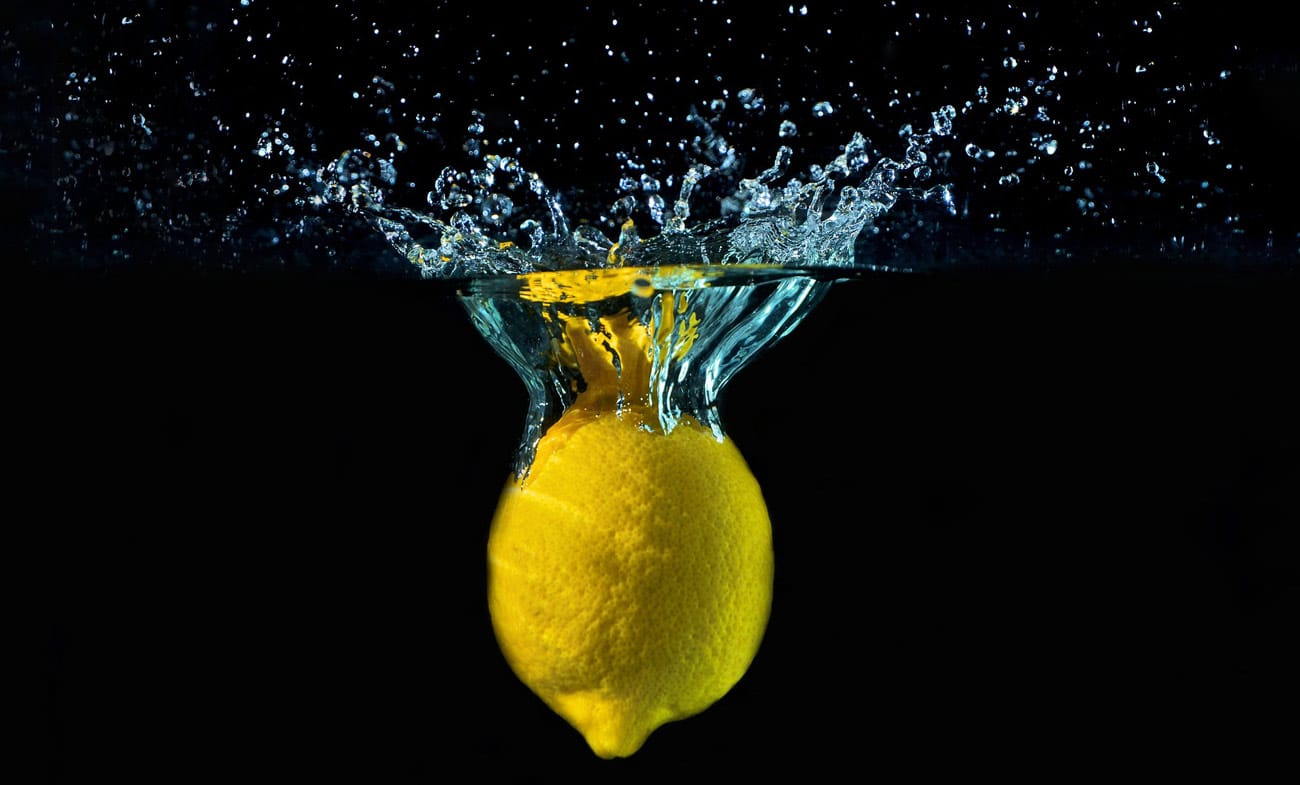
Aow course – New beginnings
The PADI Advanced Open Water course just got a new addition…
Huh? Don’t you have to be an Advanced Open Water diver to enroll on a Rescue course
Not at all! Already Open Water divers were welcome to join the Knowledge Development and Confined Water Skills of the Rescue Diver Course. Now it is an official Adventure Dive; it can count towards your Advanced Open Water Course AND your Rescue Diver course (subject to certain conditions)
PADI Adventure Dive: Rescue
Sounds good, what’s involved?
Excellent question. As usual with Adventure Dives it is split into two parts: theory and diving. In this case, you the diver can read the Rescue Diver manual (eLearning or eLite pack) Section 1: Responding to Diver Emergencies and section 3: Missing Diver Procedures or have your instructor deliver a presentation covering these topics. Either way there is no extra manual to buy if you don’t wish to do so.
Once you’re happy with the theory, we’ll give you a Knowledge Review to make sure you understand the topics covered so far. Then – diving!
The dive itself covers surface and underwater drills. There are two self-rescue skills: Cramp Release and Alternate Air Source use. Fantastic especially if you’ve not covered them since your Open Water. Then we have two of the skills from the Rescue Diver course: Tired Diver and Panicked Diver (the latter being a favourite for instructors and assistants as we get to go all out for our Oscar Winning Performance as panicked divers) Then we move underwater for the Missing Diver scenario.
Let’s talk about the Adventures in Diving Program as a whole
PADI Adventure Dive: Navigation
Before you do the Rescue Adventure Dive, it is worth noting that we would need you to complete the Navigation Adventure Dive at a minimum. Otherwise your missing diver scenario just got a lot harder. Yes, you practice skills with a compass on your Open Water course. But with the Navigation Adventure Dive you learn how to take bearings, work on swimming in different patterns (hopefully intentionally), estimating how far and at what speed you travel underwater and observation underwater – applying natural navigation techniques. I think you’ll agree that it is better to have learned these skills in a previous dive before embarking on the Rescue Diver Adventure Dive and you’re searching for a missing diver underwater!
PADI Adventure Dive: Peak Performance Buoyancy
If you’ve not done your Open Water course with us, then you’ll want to join on one of our Peak Performance buoyancy dives. Here, you’ll learn to fine tune your buoyancy, learning how to complete skills whilst hovering i.e. not having to kneel on the sand, more efficient finning techniques such as the frog kick and how to stay in trim – meaning you’re pretty horizontal in the water (–) as opposed to (/) a head-up, feet-down style. All of these techniques will lead to what we all want whilst underwater – to stay there longer! The more efficiently you move on dive, means you’ll metabolise less gas, meaning you’ll breathe less air (or Nitrox) which will let us have a longer dive looking at our stunning coral and marine life. This leads us to…
PADI Adventure Dive: Fish ID & Naturalist
Fish ID / Naturalist identification. When I first started diving, I was mesmerised by all the Red Sea had to offer. I didn’t know what I was looking at, but it was fantastic. Thus, my log books from then consist of a simple annotation – Big Eye Fish, Long snake thing, Funny Looking Flatfish and so on. It was only later that I began to learn fish names — and also learn about their behaviour and role in our underwater ecosystem. Then, you really begin to understand the complexity of the The Silent World – Jacques Cousteau and just how important each sea creature really is. It is far beyond our level of comprehension – we know more about the surface of the moon than we do about our oceans but what we do know, is that we need to take a lot better care of it than we currently are doing. Captain Paul Watson’s infamous saying is “if the oceans die, we die” – and as Scuba Divers, we are Ocean Advocates and we have a duty to protect what we love.
PADI Adventure Dive: Deep Diver
The other mandatory dive from the Advanced Open Water course is the Deep Diver. On successful completion, this will qualify you to dive to 30m in conditions akin to which you have learned in. So this doesn’t mean if you did the dive here in the crystal clear warm waters of the Red Sea then you can go off exploring Lake Geneva in winter with similarly trained buddy (without prior experience of cold, dark lakes of course)
PADI Adventure Dive: DSMB Diver
Since 2014 PADI have added a DSMB (Delayed Surface Marker Buoy) skill to their required standards from the Open Water course. However if you did your course before this, or you simply cannot remember the skill – then it is a good Adventure Dive to select. Especially when you’re doing a lot of boat dives. An overlooked, but important piece of kit for boat dives is a DSMB aka safety sausage. Ok, I grant you at Gabr el Bint we don’t really need one for the shore-boat dive sites (the site is super close to shore and we do it by boat as it is easier to access the sites than by road) but when joining one of rarely-dived-site trips, diving in Sharm el Sheikh or many other places around the world, for sure you should take a DSMB. Taking one however is all well and good, but you need to know how to use it; and how to use it safely. They can be a vital piece of equipment in terms of letting the boat know where you are. Yes the guide should have one.. but if you get separated from the guide, or you’re doing self-guided dives then you’re going to wish you had one.
PADI Adventure Dive: Search & Recover
The Search and Recovery Adventure dive is generally a none-too-popular option in a resort location. This is mainly because “easier” dives such as Fish ID are preferred when people are on holiday. Equally – if you’re a holiday diver it is a common thought that you won’t have any perceived value for the skills learned on the S&R Adventure Dive.
Let’s look what goes on in the S&R dive: you’ll learn how to tie 3 knots underwater (with practice first on dry land) which are the sheet bend, two half-hitches and a bowline. The sheet bend is useful for tying two knots together with lines of a different thickness. The half-hitch keeps a rope in place when tying to a dock/tree/inanimate object. The bowline is the King of All Knots as it is simple to tie and indeed untie, even after it has held heavy loads (subject to rope material) You can already see that these skills will have use outside of the field of diving.
You will also learn how to use different search patterns to find different objects. To go from one extreme to another – searching for an elephant in the room would require a different search method to looking for a needle in a haystack
Finally you will learn how to safely use a lift bag to bring an object to the surface in a controlled manner. Example – an outboard motor has detached itself from the boat and it is now a wetboard motor. You’ve learned how to search for it… and now you need to recover it. This can be quite fun, and it is a brilliant skill to learn when it comes to controlling your buoyancy as well as the lift bag. it is a fantastic tool for visualising how much air needs to go in to the liftbag in order to lift N amount of weight depending on your depth; and you can correlate that to your buoyancy and lift when diving at different depths with different kit on.
PADI Adventure Dive: Night Diving
A good option to further increase your awareness underwater is to experience it at night. Night diving really isn’t as scary as one might think. When it’s your first night dive we like to do what we call “transition” dives.. meaning we get in the water when the sun has set, but it is still a little light. Therefore it becomes dark-dark when you’re on the dive. It helps to ease you in to the wonder of night diving without being intimidating.
I love doing night dives on our house reef Bannerfish Bay. There are often little surprises that crop up in the form of Decorator Crabs or Lionfish following your torch light to help them hunt. For those already familiar with night dives, we have a Fluro dive option also.
PADI Adventure Dive: Diver Propulsion Vehicle
Of course there are others such as DPV (underwater scooter or Diver Propulsion Vehicle) which is as much fun as it sounds and very James Bond. We have a blog about that here. Lest we forget: Drysuit (bring your own 😉 ) Enriched Air Nitrox, Photography to name a few. It is really about seeing what is a good fit for you as a diver – all the options are there.
Each of these Adventure dives can count – at the instructor’s discretion – as the first dive of your Specialty course. There is always some confusion around this; doing the Deep Dive as part of your AOW course does not mean that you have earned the whole Specialty Certificate which qualifies you to 40m, simply that you’ve done the first dive from the course to gain experience and have a taster in this field.
ASK US for more information about your next diving adventure!






